-




 ContinueDownload story as PDF
ContinueDownload story as PDF -
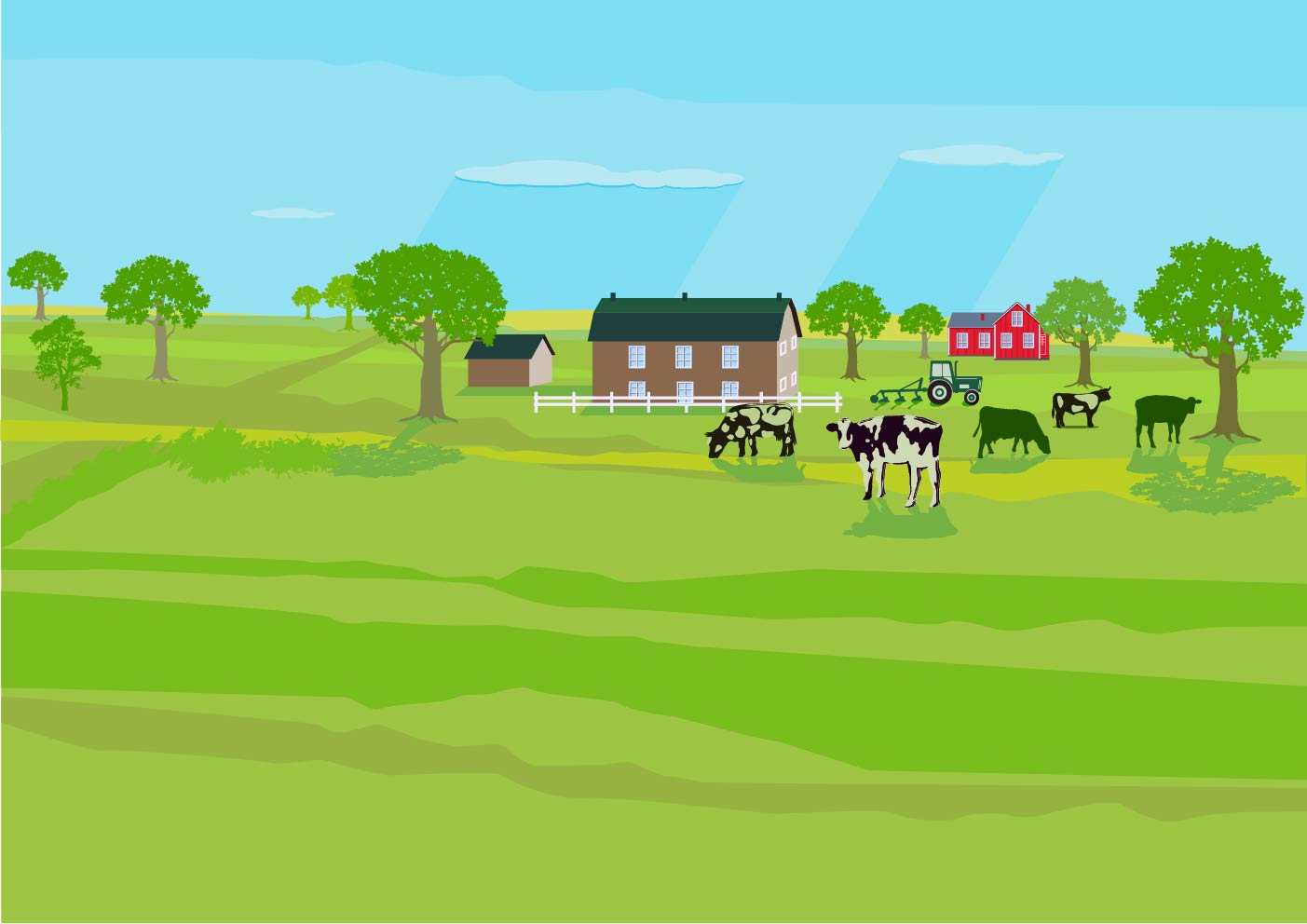

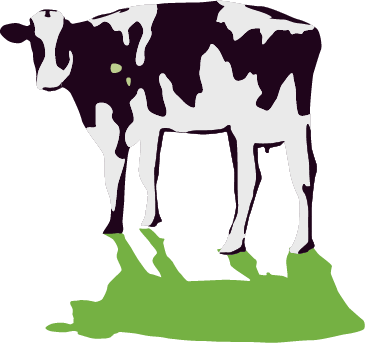


 Hello my name is Katrien van’t Hooft, I am a Dutch veterinarian and my passion has always been to work for livestock producers worldwide. I’ve been involved in several projects working together with groups of dairy farmers.KATRIEN'S PASSIONContinue
Hello my name is Katrien van’t Hooft, I am a Dutch veterinarian and my passion has always been to work for livestock producers worldwide. I’ve been involved in several projects working together with groups of dairy farmers.KATRIEN'S PASSIONContinue -

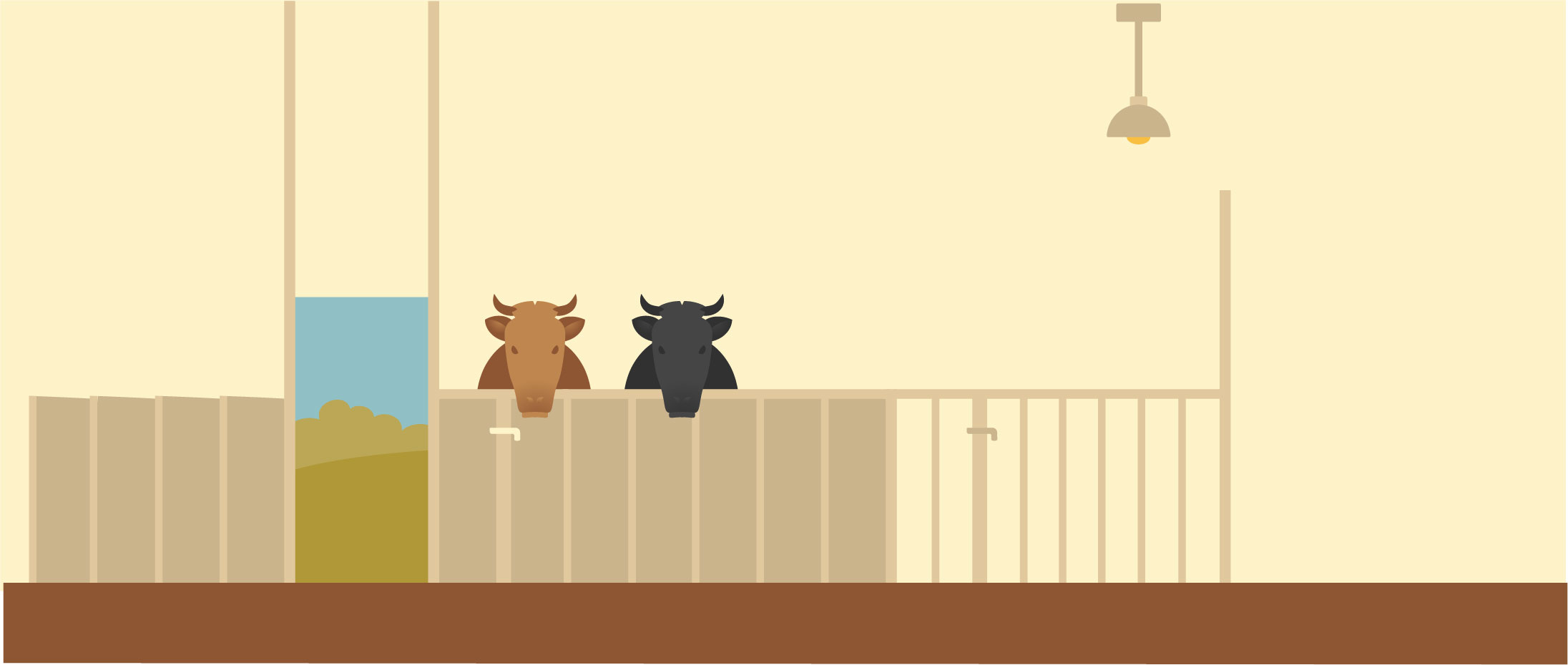



 We have the most advanced methods of the world!
We have the most advanced methods of the world! Mmmmm… and those antibiotics you are injecting into the cow?DUTCH FARM EXPERIENCE IS BORN8 years ago Katrien started working with dairy farmers from Holland and realized that although the dairy industry in Holland is highly regarded there are many important problems that are not expressed and discussed. This motivated her to create in 2011 her own company called Dutch Farm Experience, facilitating sustainable production of milk through the exchange of knowledge between Dutch and international dairy farmers.
Mmmmm… and those antibiotics you are injecting into the cow?DUTCH FARM EXPERIENCE IS BORN8 years ago Katrien started working with dairy farmers from Holland and realized that although the dairy industry in Holland is highly regarded there are many important problems that are not expressed and discussed. This motivated her to create in 2011 her own company called Dutch Farm Experience, facilitating sustainable production of milk through the exchange of knowledge between Dutch and international dairy farmers. Continuewww.dutchfarmexperience.com
Continuewww.dutchfarmexperience.com -


 LOSING THE BATTLE AGAINST CLIMATE CHANGESome years ago we tried to inform the government on ways to fight climate change by promoting a transition to smaller more ecological ways of dairy farming. But it was very difficult to get funds for these activities as funds kept going to the dominant large scale dairy development projects.
LOSING THE BATTLE AGAINST CLIMATE CHANGESome years ago we tried to inform the government on ways to fight climate change by promoting a transition to smaller more ecological ways of dairy farming. But it was very difficult to get funds for these activities as funds kept going to the dominant large scale dairy development projects. We are fighting against the wind, and we are losing…Continue
We are fighting against the wind, and we are losing…Continue -


 Emotive contacts KatrienBut in 2014 a new hope arose:
Emotive contacts KatrienBut in 2014 a new hope arose: There seems to be a worldwide challenge of too much antibiotics and hormones in meat and milk. Can you make a proposal covering this issue?
There seems to be a worldwide challenge of too much antibiotics and hormones in meat and milk. Can you make a proposal covering this issue? Sure!Continue
Sure!Continue -



 Mmmh, here lays an opportunity. Dutch dairy farmers and veterinarians will now be more open to explore alternatives for antibiotic use. Perhaps they will be interested in the experience from our colleagues in India! Antibiotics are a hot topic in both countries.
Mmmh, here lays an opportunity. Dutch dairy farmers and veterinarians will now be more open to explore alternatives for antibiotic use. Perhaps they will be interested in the experience from our colleagues in India! Antibiotics are a hot topic in both countries. The Parliament has just approved the new law, and The Netherlands will have to achieve a 70% reduction of use of antibiotic use in livestock from the 2009 mark by early 2016…
The Parliament has just approved the new law, and The Netherlands will have to achieve a 70% reduction of use of antibiotic use in livestock from the 2009 mark by early 2016… AND MEANWHILE...Continue
AND MEANWHILE...Continue -




 Plant based veterinary treatments. Remember those small experiments with herbal medicine we did in India? Let’s contact our colleague Doctor Balakrishnan Nair about this!
Plant based veterinary treatments. Remember those small experiments with herbal medicine we did in India? Let’s contact our colleague Doctor Balakrishnan Nair about this! What do you mean with ethno-veterinary practices?CHOOSING INDIAContinue
What do you mean with ethno-veterinary practices?CHOOSING INDIAContinue -


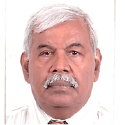
 I’ve been working with medicinal plants and primary health care since my childhood.
I’ve been working with medicinal plants and primary health care since my childhood.
My grandfather was a traditional health provider, working for his community for free.
I’ve studied botanics and now I work at the Trans-Disciplinary University, where we blend traditional health knowledge with modern science and technology, to design healthcare solutions for both humans and animals.MEET DR. NAIRContinue -


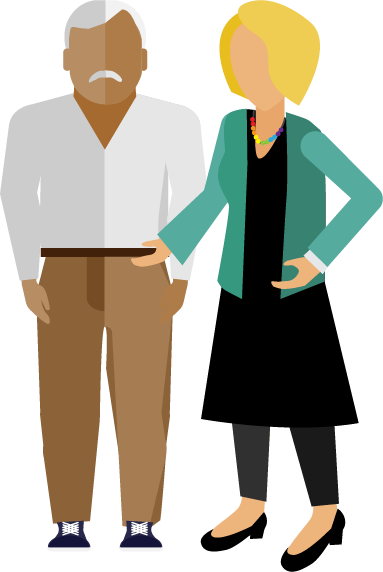
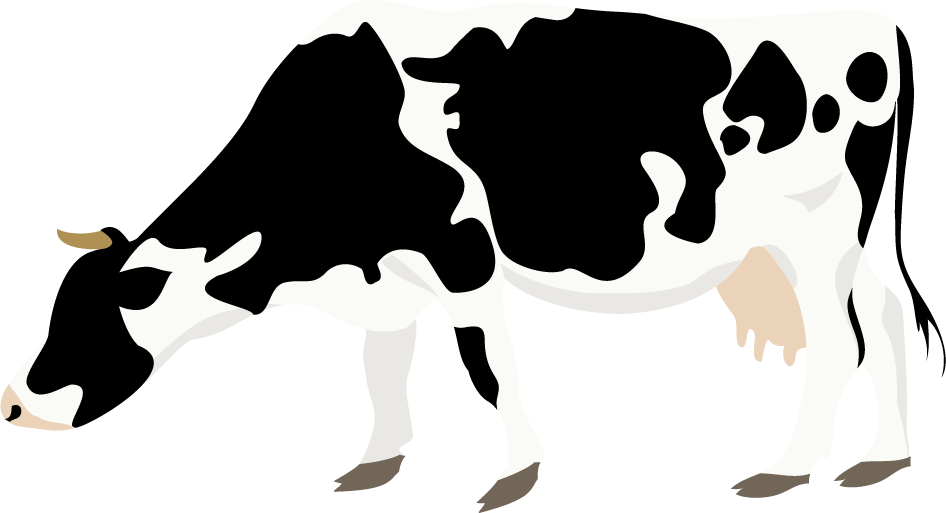

 In Holland when we treat an animal or a person, what we aim to kill is the microbe, the virus, tumor or whatever we have.
In Holland when we treat an animal or a person, what we aim to kill is the microbe, the virus, tumor or whatever we have.
In India you have another approach: you seek to strengthen the body so it can fight by itself against the infection, tumor or whatever.FIRST EXCHANGE IN INDIAKatrien spoke with Mr. Nair and they established an exchange program for the reduction of antibiotics in dairy farming.
Indian farmers would learn management and selective breeding techniques from their Dutch counterparts, who would in turn learn Ayurvedic plant treatments for their animals.
In April 2014, Katrien travelled to India with 3 dairy farmers and 3 veterinarians from the Netherlands.Continue -




 What really called my attention was that we in India are used to venerate cows - they are part of the family. We get worried if they are ill and take care of them like one of us.
What really called my attention was that we in India are used to venerate cows - they are part of the family. We get worried if they are ill and take care of them like one of us.
In the Netherlands the cow is more often regarded as a milk producing machine, with less attention for their emotions and general welfare. This change affected me …In October 2014 the Indian team travelled to Netherlands to learn about animal management techniques and the use of local cattle breeds.
They also showed their Dutch colleagues how to document, validate and improve the use of the Dutch medicinal plants.SECOND EXCHANGE IN THE NETHERLANDSContinue -



 … after some trials we concluded that instead of importing herbs from India, it’s much better to make use of the knowledge of India with our own local plants.
… after some trials we concluded that instead of importing herbs from India, it’s much better to make use of the knowledge of India with our own local plants. Hmm, it would be good to learn more about cattle breeding – how that can also help to reduce the use of antibiotics. Our partners in Ethiopia and Uganda have special experience in this!
Hmm, it would be good to learn more about cattle breeding – how that can also help to reduce the use of antibiotics. Our partners in Ethiopia and Uganda have special experience in this! The next stage is influencing the value chain and coming up with policy advise. Let’s go for another round.
The next stage is influencing the value chain and coming up with policy advise. Let’s go for another round. Ok, so what is your plan?Katrien and the Dutch colleagues organized a international symposium that attracted the attention of various institutions and the press.PROJECT EXTENDEDContinue
Ok, so what is your plan?Katrien and the Dutch colleagues organized a international symposium that attracted the attention of various institutions and the press.PROJECT EXTENDEDContinue -




 The Dutch team went to Ethiopia and Uganda in May 2015, exchanging knowledge with local vets and farmers. Everyone was surprised to see the similarity of problems facing our countries, mainly related to biodiversity loss.
The Dutch team went to Ethiopia and Uganda in May 2015, exchanging knowledge with local vets and farmers. Everyone was surprised to see the similarity of problems facing our countries, mainly related to biodiversity loss. In Holland cows are increasingly kept indoors and don’t go outside. Farms have a lot of grass but in monocultures where it difficult for birds or insects to survive. The whole system is disturbed.
In Holland cows are increasingly kept indoors and don’t go outside. Farms have a lot of grass but in monocultures where it difficult for birds or insects to survive. The whole system is disturbed. Here everyone is worried as cattle are increasingly affected by ticks, and farmers do a lot of spraying with insecticides. Then the cows walk through the grass and the insecticide kills all the insects and birds.
Here everyone is worried as cattle are increasingly affected by ticks, and farmers do a lot of spraying with insecticides. Then the cows walk through the grass and the insecticide kills all the insects and birds. We need to find a common solution. Would you like to come to Netherlands?
We need to find a common solution. Would you like to come to Netherlands? ContinueTHIRD EXCHANGE, WITH UGANDA AND ETHOPIA
ContinueTHIRD EXCHANGE, WITH UGANDA AND ETHOPIA -
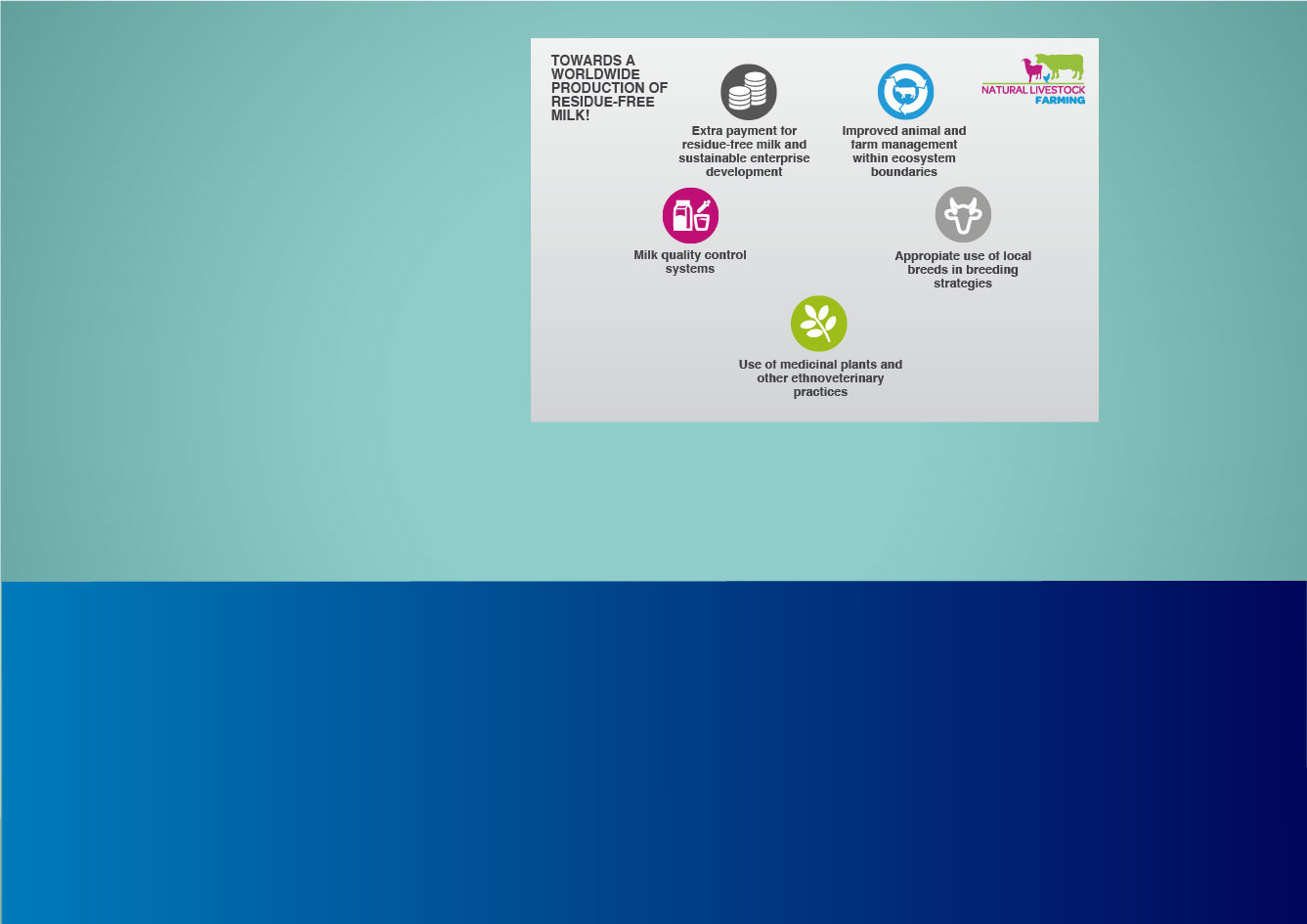



 In September 2015, 8 people from Africa and 8 from India came to a symposium where they collaborated to create the Natural Livestock Farming association and develop a joint strategy to reduce the use of antibiotics and insecticides in dairy farming.Continue+ INFOFOURTH EXCHANGE: INDIA AND AFRICA IN THE NETHERLANDS
In September 2015, 8 people from Africa and 8 from India came to a symposium where they collaborated to create the Natural Livestock Farming association and develop a joint strategy to reduce the use of antibiotics and insecticides in dairy farming.Continue+ INFOFOURTH EXCHANGE: INDIA AND AFRICA IN THE NETHERLANDS -



 IMPACT AND RESULTSA global Natural Livestock Farming network is established, with participation of Netherlands, India, Ethiopia and Uganda.
IMPACT AND RESULTSA global Natural Livestock Farming network is established, with participation of Netherlands, India, Ethiopia and Uganda.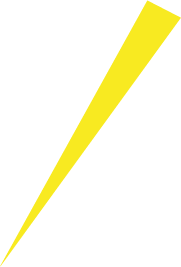 In India this exchange has helped to increase awareness. Farmers and dairy companies are increasingly embracing the use of medicinal plants and this natural strategy.
In India this exchange has helped to increase awareness. Farmers and dairy companies are increasingly embracing the use of medicinal plants and this natural strategy. Veterinarians in the Netherlands are opening up and dairy farmers are now using more natural products based on medicinal plants.Continue
Veterinarians in the Netherlands are opening up and dairy farmers are now using more natural products based on medicinal plants.Continue -

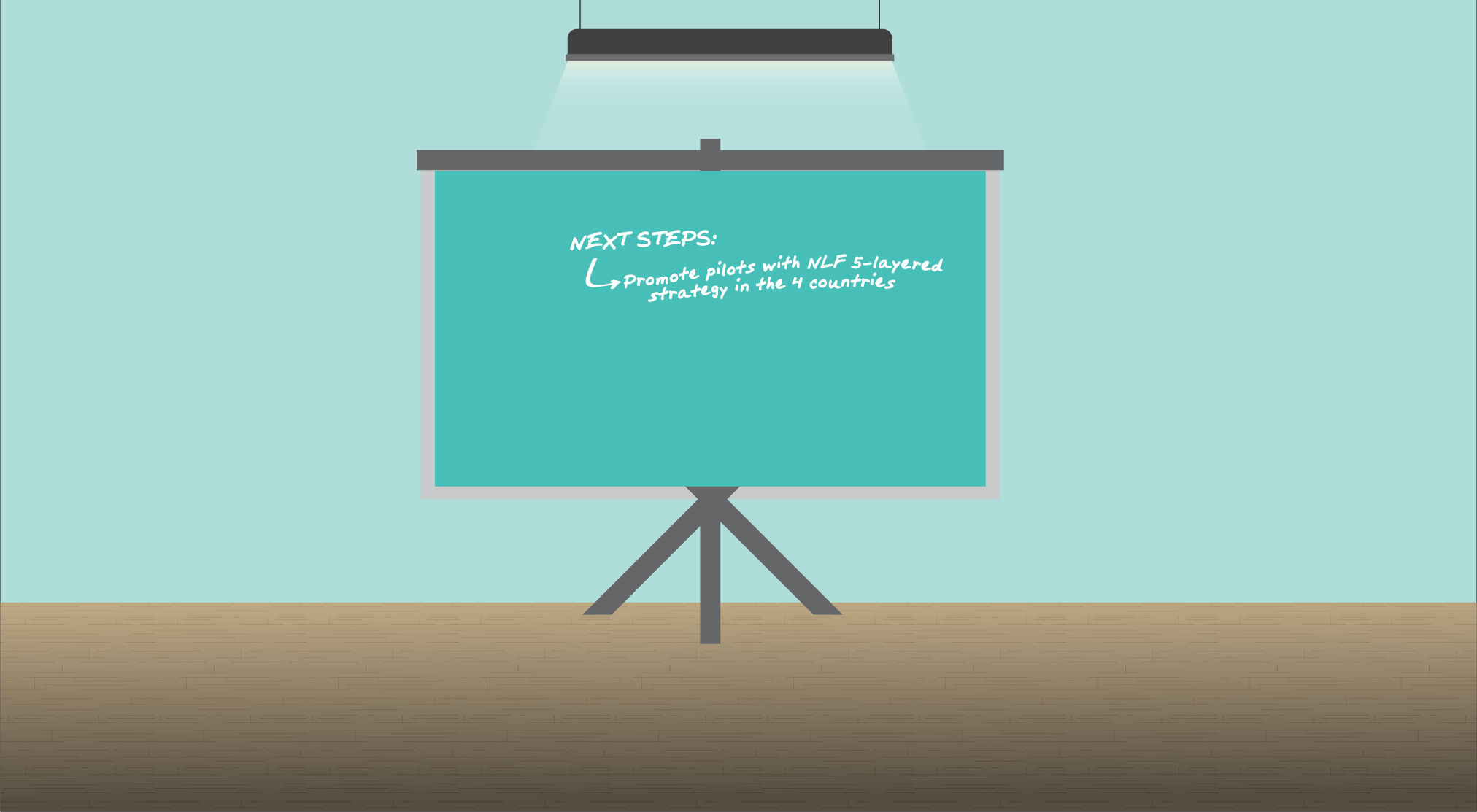


 Our next step is to involve more government and universities in these pilots to show the impact of our collaboration and implement the joint NLF strategy adapted to the reality of each country. Then we can show the impact of this strategy on the health of the cattle, milk quality and biodiversity.
Our next step is to involve more government and universities in these pilots to show the impact of our collaboration and implement the joint NLF strategy adapted to the reality of each country. Then we can show the impact of this strategy on the health of the cattle, milk quality and biodiversity.
This is a practical example of a One Health approach – resulting in improved health for humans, animals and the environment. We are already receiving new funds for this work.TOWARDS ONE HEALTHContinue+ INFO: www.naturallivestockfarming.com -
 SOCIAL ENTERPRENEURS:FINANCIAL SUPPORTERS:E-MOTIVE IS LOOKING FOR:
SOCIAL ENTERPRENEURS:FINANCIAL SUPPORTERS:E-MOTIVE IS LOOKING FOR:

 If you have effective solutions for common problems, E-motive will help you take them to an international level. Your ideas will grow and you will learn by doing.
If you have effective solutions for common problems, E-motive will help you take them to an international level. Your ideas will grow and you will learn by doing. I think the money we received for this E-Motive project has generated at least 10 times that money. I previously worked in international cooperation projects, but E-motive exchange programs are far more effective!Continue
I think the money we received for this E-Motive project has generated at least 10 times that money. I previously worked in international cooperation projects, but E-motive exchange programs are far more effective!Continue -



 Share:To be continued...Thanks for watching!Download story as PDF
Share:To be continued...Thanks for watching!Download story as PDF
